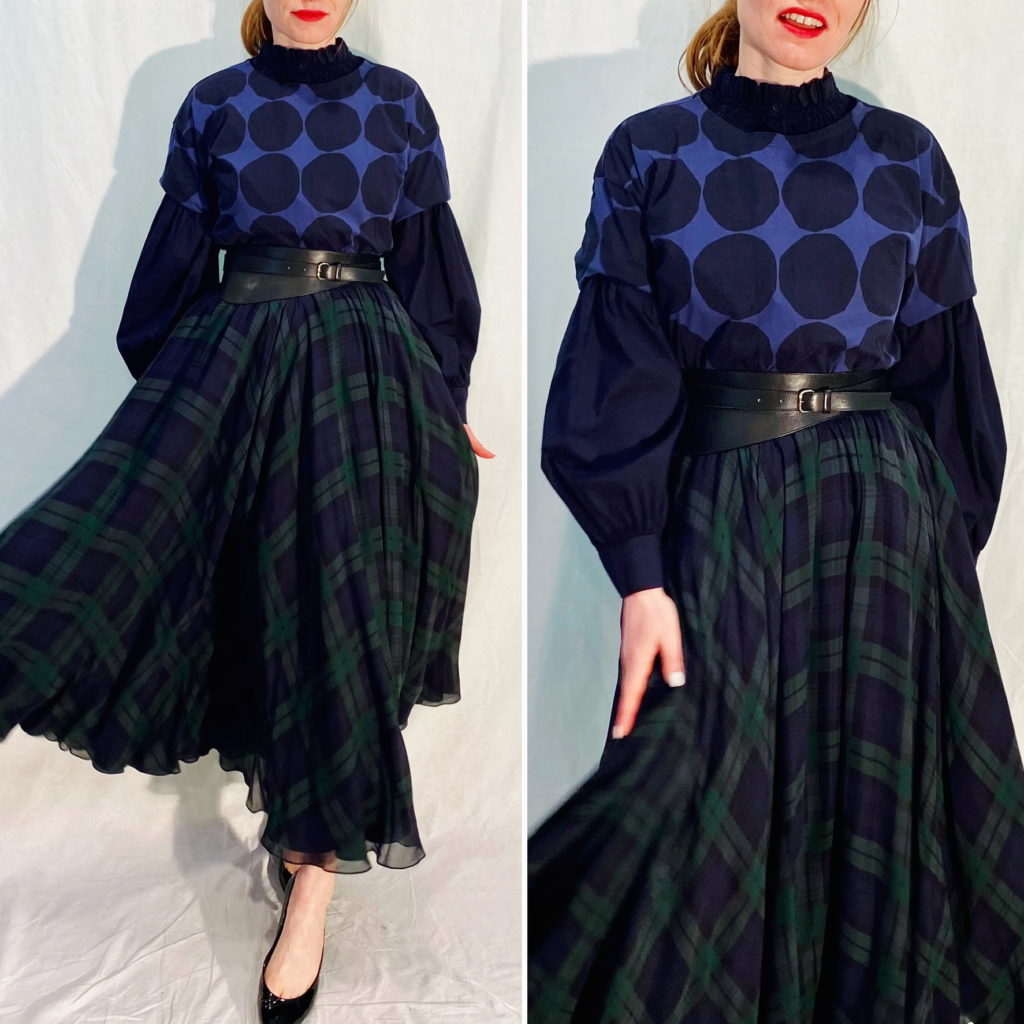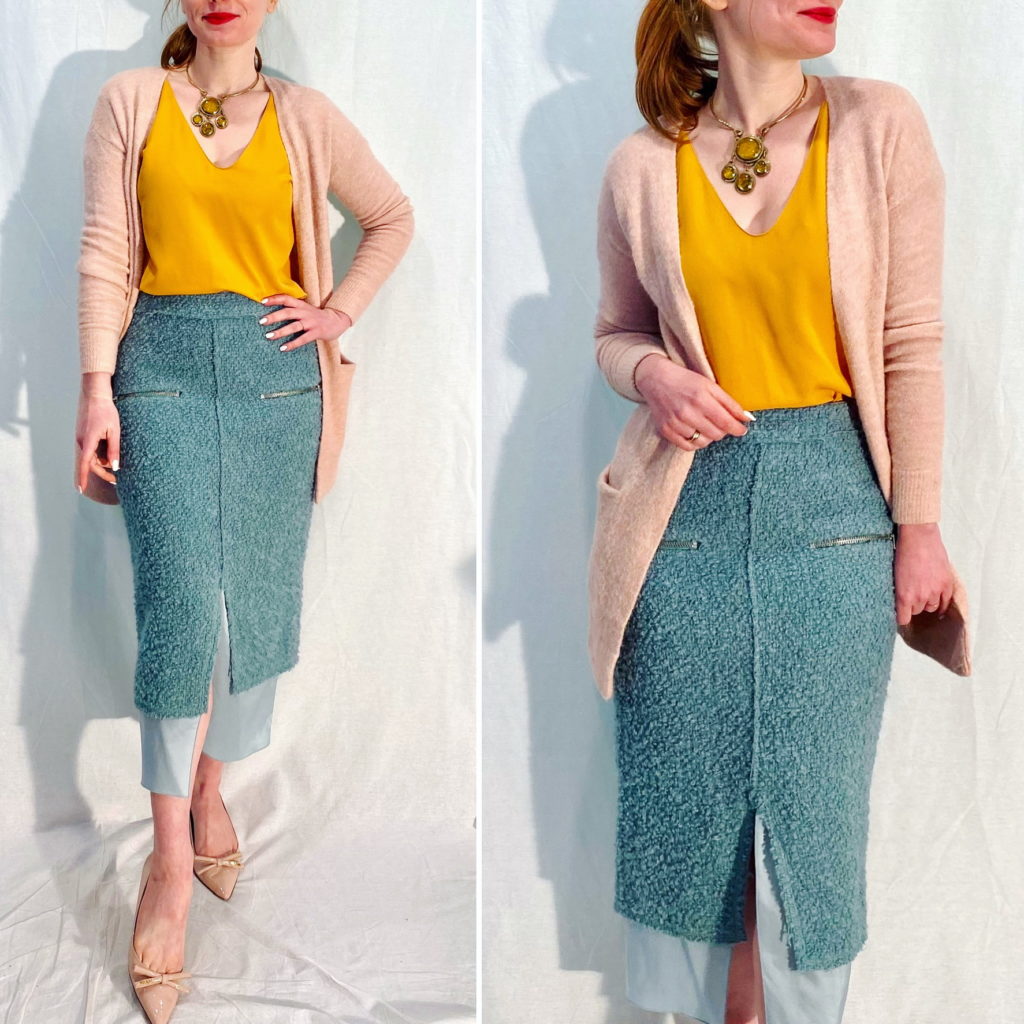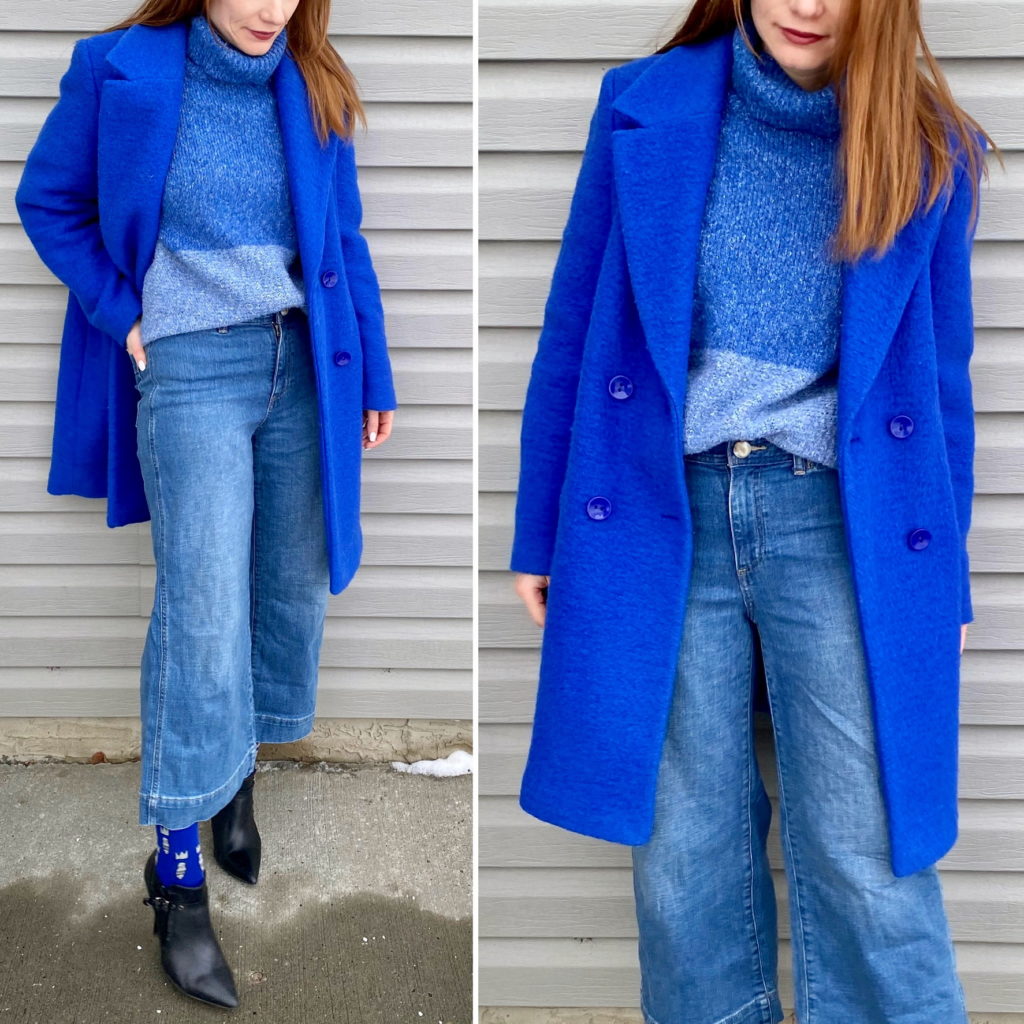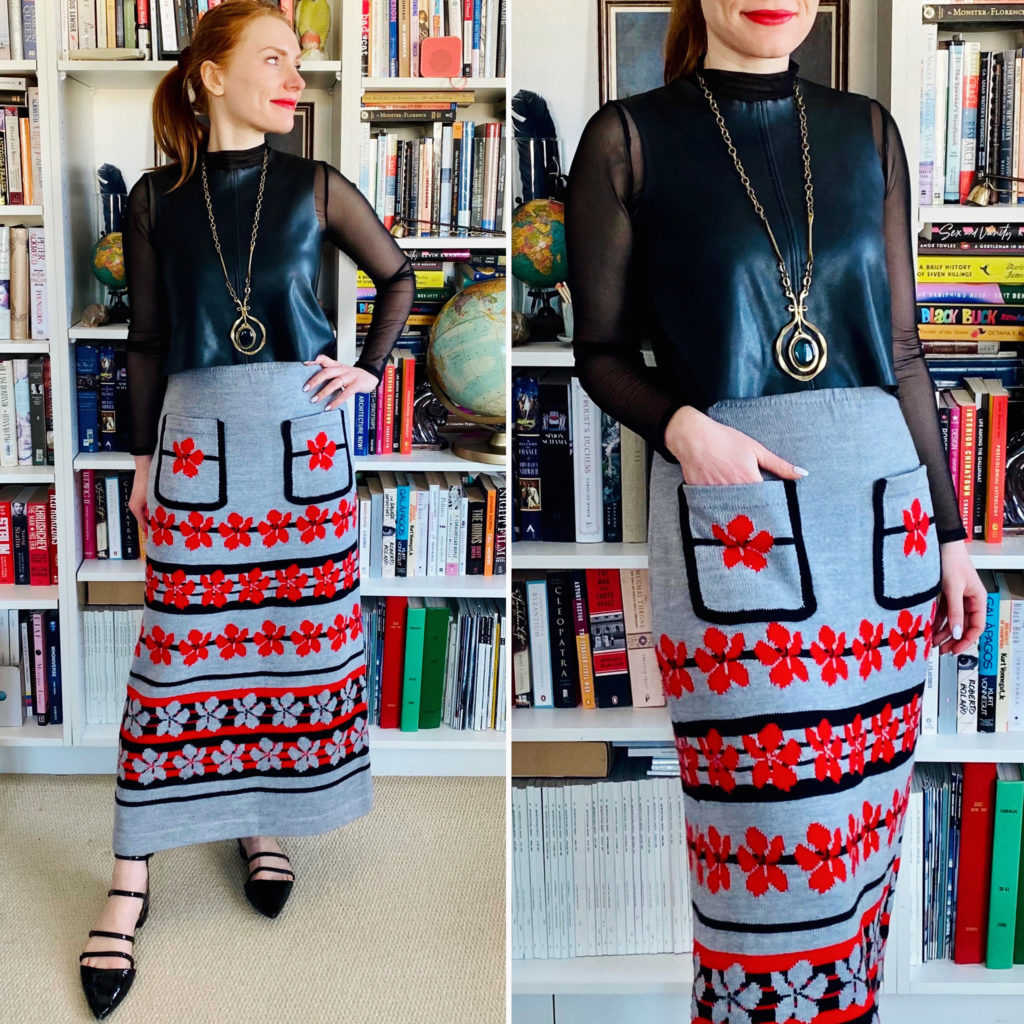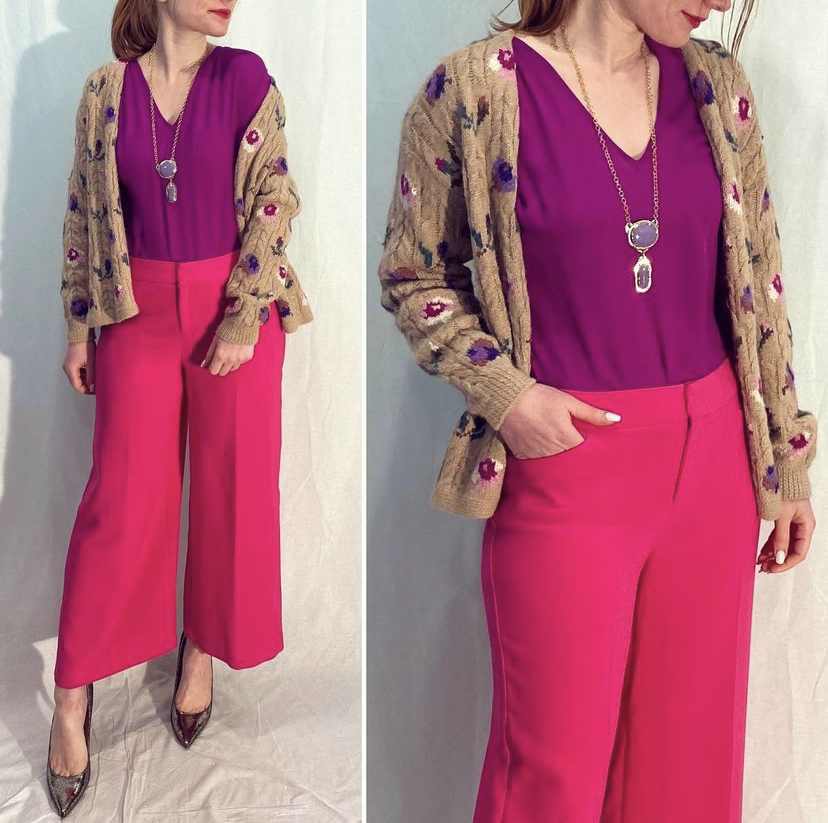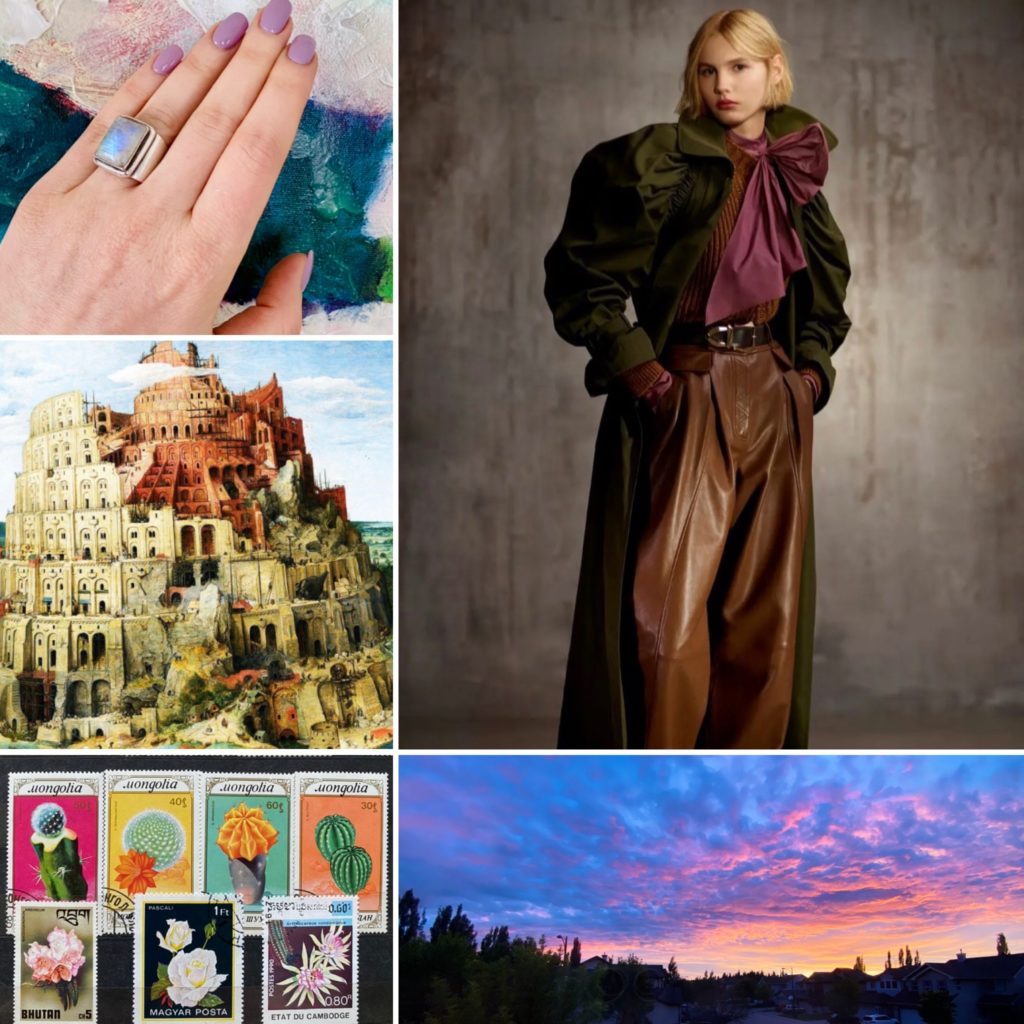Once or twice a year, I like to check out the runway collections to update the inspo boards for my style avatars. The idea is to get inspiration for new colour combinations, new silhouettes, new ways to put together outfits that fit the parameters of my avatars. I didn’t do this last fall, when the Spring 2022 collections came out, because I was in the midst of a busy work/life season. Recently, some brands released pre-Fall 2022 collections, so I decided to check them out.
I don’t have a real sense of what pre-Fall is supposed to be, and I have to say that judging from the 2022 collections, I’m not a huge fan of whatever it is. Maybe it’s just this year, and these collections; there were very few “wow” moments for me, and even fewer things that I felt were relevant for my avatars. I saved only a few images for future reference, so let’s dissect them here.
[All images via Vogue.com]
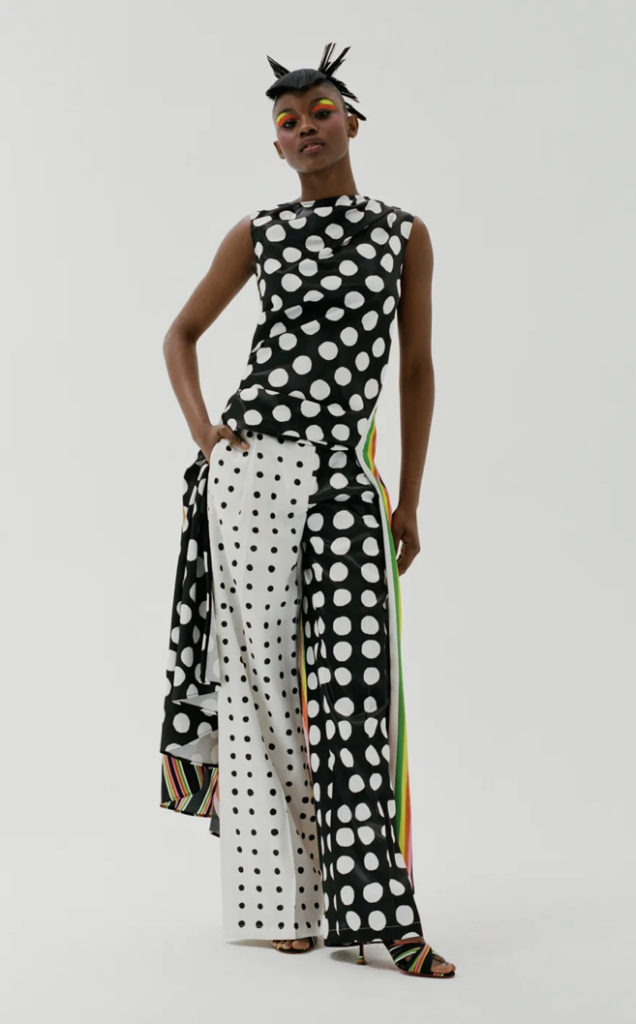
Christopher John Rogers’ collection, overall, was interesting. I didn’t love it as much as some of his previous ones, but there were (as always) visually arresting moments that I really enjoyed. I saved this particular outfit because it reminds me a bit of my polka dot dress, and I was intrigued by the addition of the colourful stripe pattern (hard to see, a bit on the sides). I want to try to do something similar with my dress … perhaps add a rainbow geometric pattern as a layer.
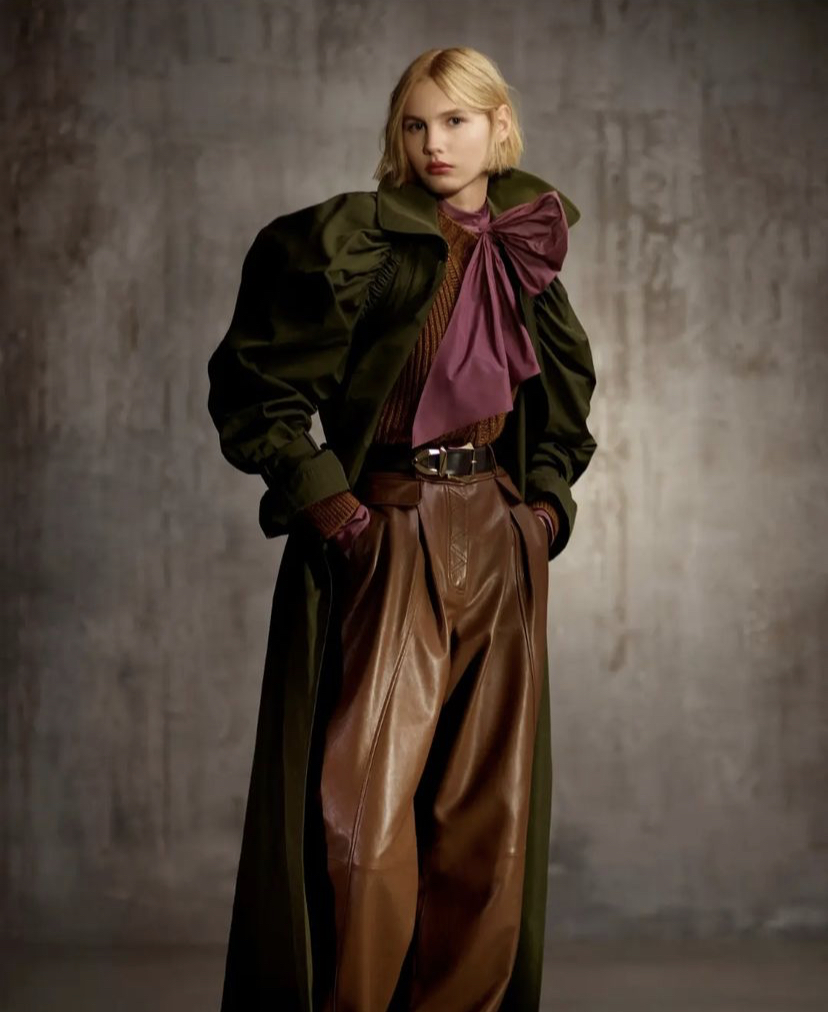
This Alberta Ferretti look is probably my fave. Such a great inspo for my Diana Bishop avatar, but with a High Priestess crossover. I adore the silhouette and, strangely, the colour palette. Not my usual, but so inspiring.
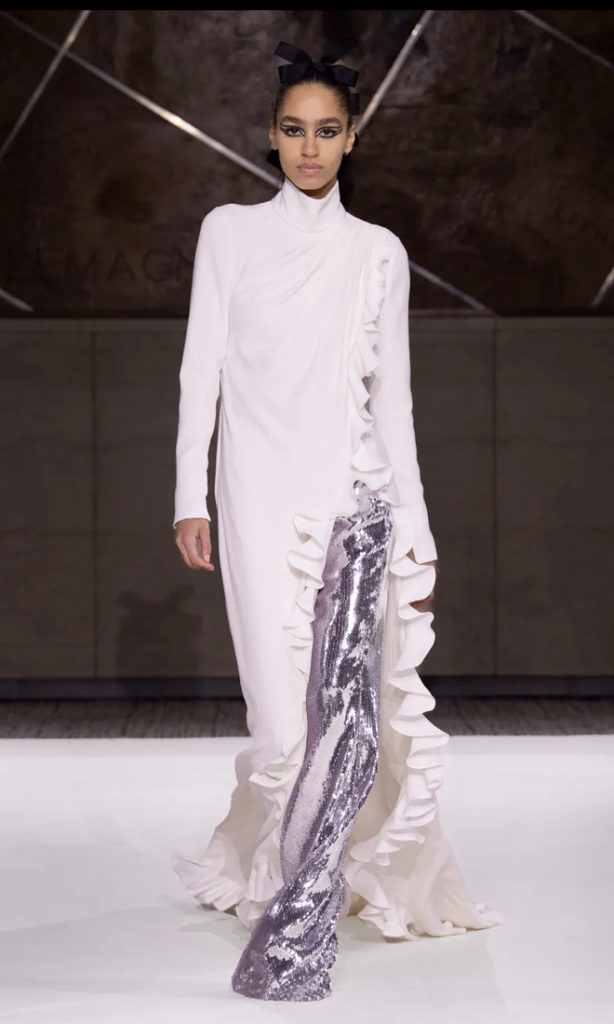
This Giambattista Valli outfit immediately caught my eye because I *just* thrifted a pair of silver lame palazzo pants. This gave me a lot of idea for styling this pants (albeit I think the Valli outfit has sequin pants, but same difference).
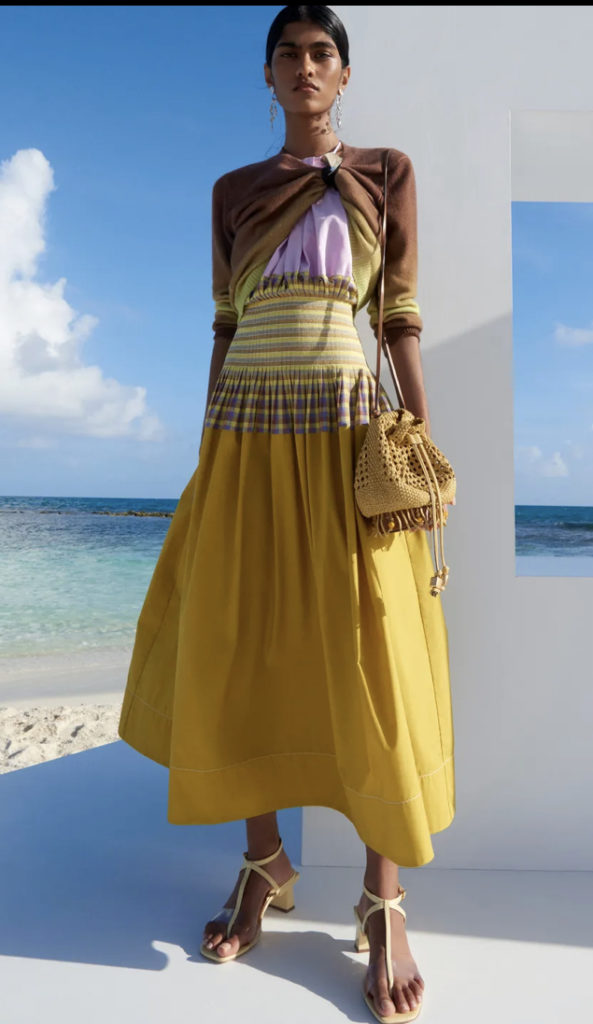
The Tory Burch collection had a few outfits I liked, though nothing especially mind-blowing. The one thing that I did find innovative was the styling trick used here — gathering the (knit, I think) top layer with a brooch (I think) to reveal a contrast layer underneath. Very clever. Here’s another look at the same trick on a different outfit:
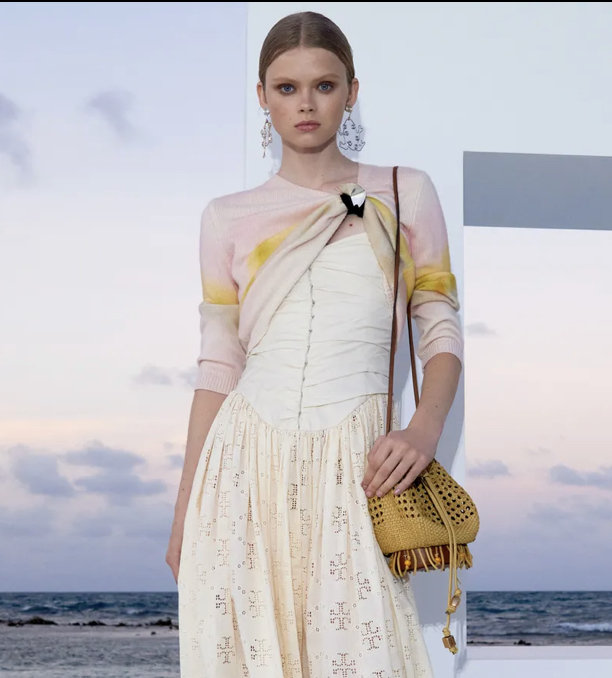
I am definitely going to try this at home.
As for my inspo boards, it’s back to the … well, drawing board. I think I am going to go back to the Spring 2022 collections (shown last fall) and see if I have more luck. Or wait till spring, when the Fall 2022 collections come out. Honestly, the fashion calendar is too confusing … and this is why I could never hack it as a proper fashion blogger, haha!

